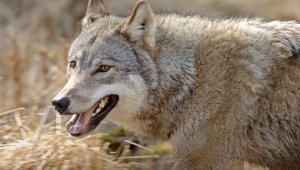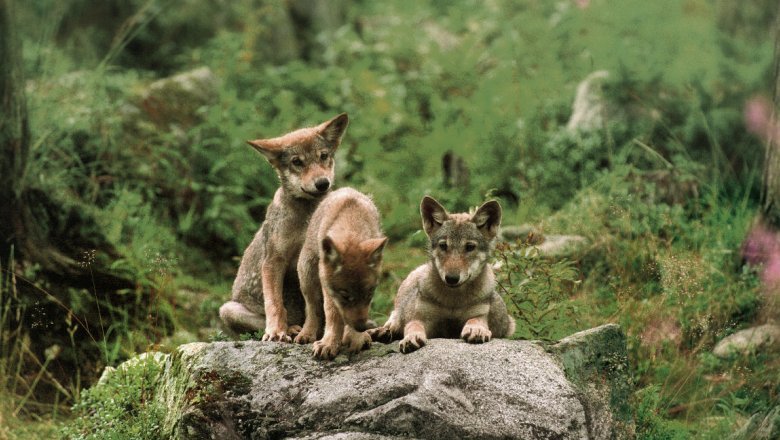Wolf behaviour and reproduction
Wolves live as fixed couples that usually reproduce annually. The wolf pack is commonly a family unit consisting of a couple (a so-called alpha couple) and its offspring. There are also other types of wolf packs, but they are rarer. On average, Finnish wolf packs consist of seven wolves. Wolves are on the move at all times of the day, but they are most active during dusk and at night. The wolf is a very fast mover that can cover vast distances with speed.
Wolf's diet and hunting behaviour
The wolf is a carnivore. The availability of prey animals greatly influences its diet. It can prey on animals ranging from moles and lemmings to hares, birds, deer, reindeer and moose. Wolves primarily hunt cloven-hoofed animals, which in the coniferous forest belt usually mean moose, but they also ...
Number and distribution of wolves
Wolves are met in northern and eastern Finland. Our wolf population is densest near the eastern border, but wandering wolves and even packs are met all over the country. The size of the territory of a wolf pack is determined by nutrition conditions and the density of wolves. In Finland the average s...

